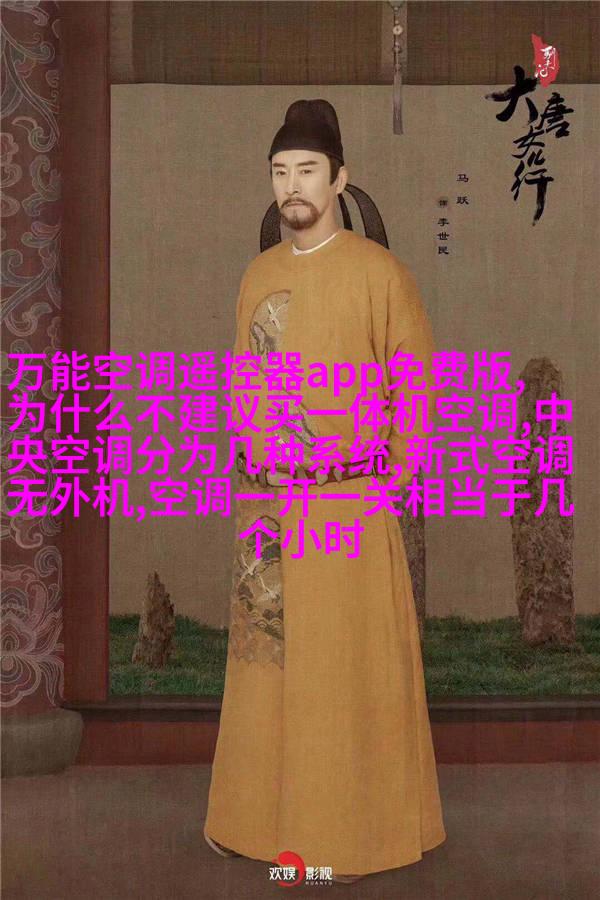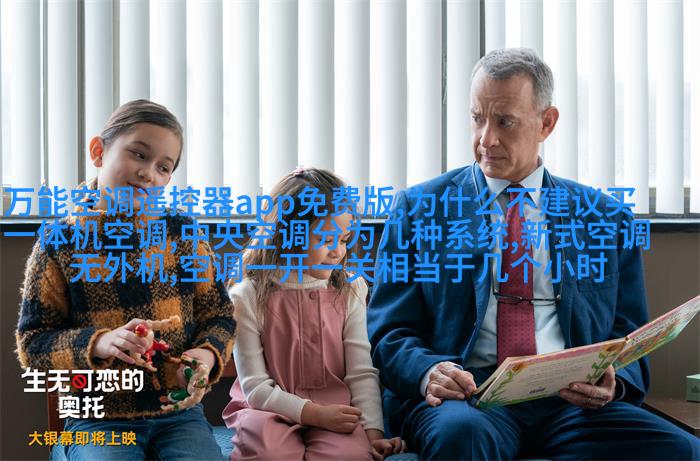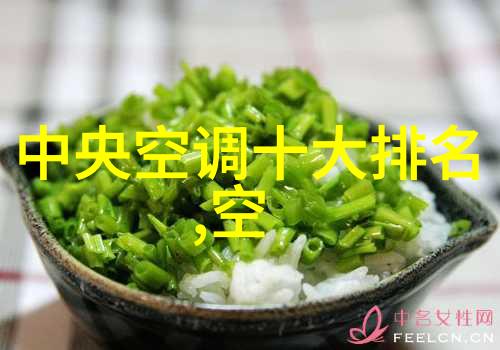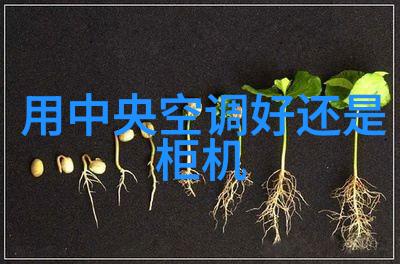液相传输技术的核心:探索膜分离法在工业中的应用

大部分膜分离方法是一种利用半透明薄膜(即“膜”)来分离两种或两种以上相互不溶解或难以溶解的流体组分的物理过程。这种方法在工业中广泛应用于各种领域,尤其是在化学、生物和环境保护等行业。
膜分离法的原理

膜(membrane)是膜分離技術的一個關鍵組成部分,它具有大小孔徑限制物質通過能力。在這種過程中,一種流體稱為滲透液,另一種則被稱為排斥物質。滲透液可以穿過膜孔隙,而排斥物質則無法通過這些孔隙。
膜分離技術應用案例

水处理:世界上许多城市依赖于膜过滤系统来提供清洁饮用水。大多数这些系统使用反渗透(RO)技术,其中一个薄膜阻挡了大多数污染物和微粒,使得剩余的是纯净水。
生物科技:在制药业,membrane separation plays a critical role in the production of biopharmaceuticals, such as proteins and vaccines. For example, ultrafiltration (UF) is used to separate and purify these products from fermentation broths or cell culture media.

化工生产:Membrane separation is widely used in chemical plants for various applications like gas separation, liquid-liquid extraction, and wastewater treatment. One notable example is the use of polymeric membranes for the removal of volatile organic compounds (VOCs) from industrial emissions.
食品加工:In food processing industries, membrane technology has been employed to improve product quality and safety by separating impurities or improving texture through processes like microfiltration (MF), nanofiltration (NF), and ultrafiltration (UF). An example includes using MF to remove bacteria from fruit juices.

废水处理与再生资源利用:Membrane bioreactors are increasingly being adopted for municipal wastewater treatment due to their ability to produce high-quality effluent that can be reused for non-potable purposes or further treated for drinking water supply.
通过以上案例,我们可以看出,大部分膜分离方法是一种有效而且灵活的解决方案,不仅能够提高产品质量,还能减少资源消耗并促进可持续发展。此外,这项技术也为解决全球面临的问题,如淡水短缺、环境污染以及能源需求,为各行各业提供了新的可能性。



